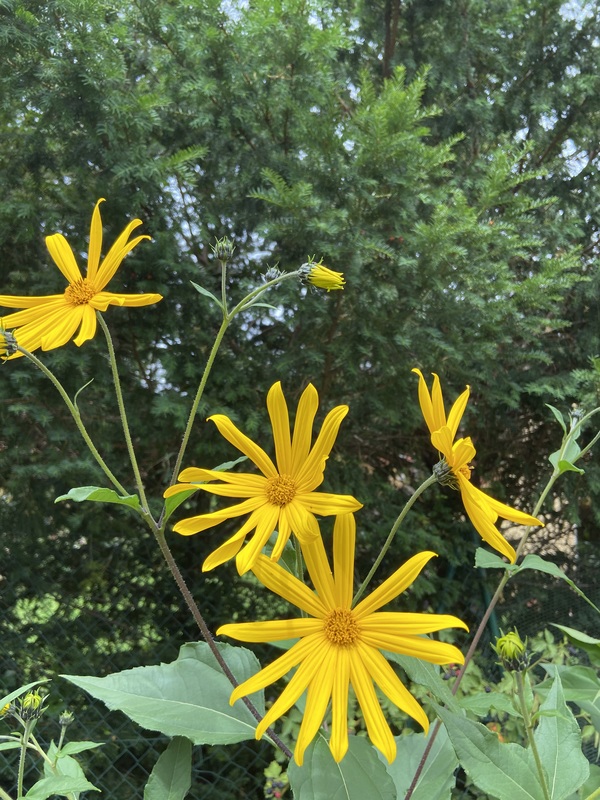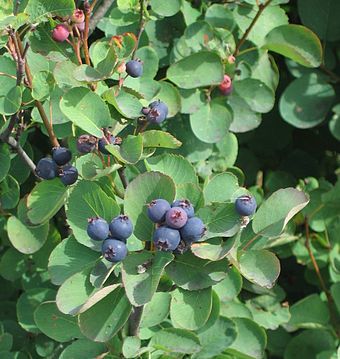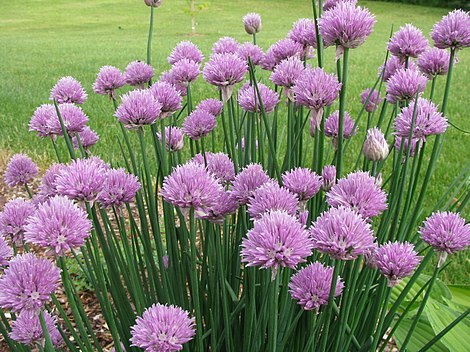Description
Sea-buckthorn (Hippophae rhamnoides) is a deciduous shrub that is native to Europe and Asia. It typically grows to a height of 3-6 feet and has a spreading, multi-stemmed growth habit. The plant has small, narrow leaves that are silvery-green in color, and it produces small, yellow or orange flowers in the spring. The fruit of the plant is a small, orange or red berry that is highly nutritious and has a tart flavor.
Sea-buckthorn prefers to grow in well-drained soil that is slightly acidic. It is tolerant of a wide range of growing conditions, including drought, salt, and cold temperatures. The plant is often used as a windbreak or for erosion control on sandy or rocky soils.
To successfully cultivate sea-buckthorn, the plant should be spaced about 4-6 feet apart and grown in full sun. The plant is drought-tolerant once established, but it may benefit from occasional watering during prolonged dry spells. Sea-buckthorn can also be propagated by rooting cuttings or by planting seeds in the spring.
All parts of the sea-buckthorn plant are edible, although the berries are the most commonly used. The berries can be eaten fresh or made into juice, jam, or syrup. They can also be dried and stored for later use. The leaves and bark of the plant can also be used medicinally.
Sea-buckthorn is valued for its utility in a number of different applications. The berries are highly nutritious and are a good source of vitamins C and E, as well as other nutrients. The plant’s dense, thorny growth habit makes it useful for wind protection and as a habitat for wildlife. The plant’s wood can also be used for weaving or building. In some cases, sea-buckthorn is also used medicinally to treat a variety of conditions.






